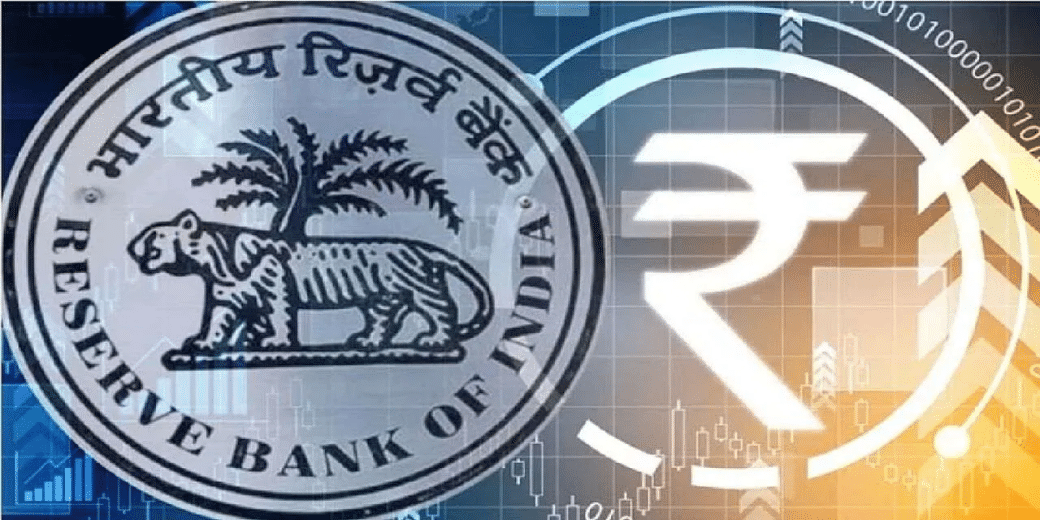Programmability of central bank digital currency can unleash next fintech wave: NCPI chief
Next fintech wave could be driven by the central bank’s plan to introduce its programmability and offline functionality of the central bank digital currency

Though experts have fervently argued that digital currency will ring the death knell of physical currency in future, the adoption of central bank digital currency in India – Reserve Bank of India introduced it on December 1, 2022 – is nothing worthy of mention. However, the next fintech wave could be driven by the central bank’s plan to introduce its programmability and offline functionality of the central bank digital currency (CBDC), National Payments Corporation of India (NPCI) managing director Dilip Asbe, who presided over the UPI revolution in India has said.
Asbe expressed his optimism while speaking at the Mumbai Tech Week on Sunday, February 18.
“In the recent monetary policy meeting, the RBI governor announced the programmable money, offline functionality and some of the new initiatives on CBDC… These efforts on CBDCs are going to drive the next wave in my assessment,” The Economic Times mentioned Asbe saying during a panel discussion in which co-head of Kotak811, Jay Kotak and co-founder of Bill Desk, M N Srinivasu, were present.
A CBDC is a type of digital currency issued and managed by the central bank of a country. According to the IMF more than 100 countries are working with CBDCs at different levels.
During the monetary policy meeting on February 8, RBI governor Shaktikanta Das proposed that programmability and offline functionality be introduced in CBDC. Das strongly feels that programmability of CBDCs will enable different entities/agencies such as the government to direct payments only for specific benefits.
In fact, experts have said that CBDC can be used to create programmable money that can be used only for specific end uses such as a stimulus package for industry or something else. Even the private sector could benefit such features since companies can designate currency for specific end use such as business travel expense for employees.
Apart from programmability, the RBI governor said offline functionality in CBDC-Retail could enable transactions in regions with poor internet connection.
The NCPI chief said while digital money is already efficient, implementation of tokenisation and delivery versus payment use cases can also trigger CBDC adoption in the country.
Turning to UPI, Asbe said that NPCI is exploring the possibility of using UPI for secondary market investments. He said settlements could be made faster with deployment of UPI.
NPCI earlier announced the launch of a feature in UPI for trading in the secondary stock market, starting January 1, 2024.
Highlighting the role of Mumbai in catalysing homegrown payments service, Asbe remarked that the city has contributed phenomenally to the success of UPI.
“I don’t think it would have been possible to build it (UPI) if it was not Mumbai because RBI is based out of Bombay and any such infrastructure requires a marathon effort. It requires a physical interaction with the regulators, and with the banks. The UPI design sessions were attended by many fintechs, banks. Most of the other expertise also which is required, like compliance and legal services and everything, was rightly available back in Bombay. So, I believe that this is the right place it could all originate,” remarked Asbe.
UPI has matured as a showpiece for Indian mass technology adoption with transactions rising to 117.6 billion in 2023. It was 74 billion in the year before.